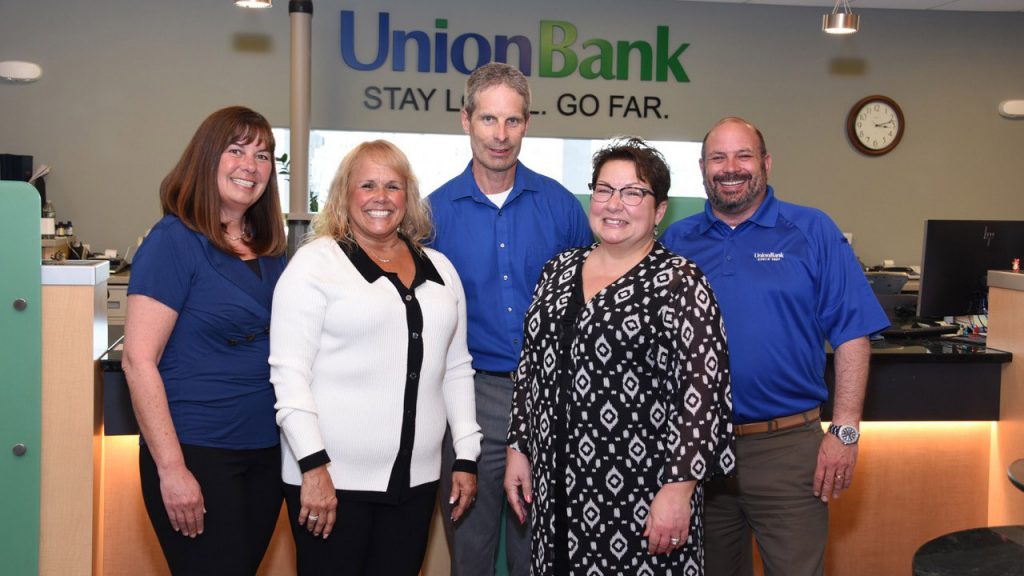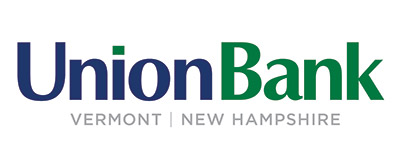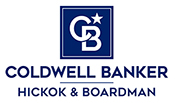 As we reach the half-way mark of 2024, low inventory and lack of affordable housing continue to be the focus with the Vermont housing market. According to Commerce Secretary Lindsay Kurrle, the state is currently experiencing a deficit of 6,800 housing units, which does not account for population growth, or the roughly 2,500-3,000 units lost to properties that fall into disrepair annually.
As we reach the half-way mark of 2024, low inventory and lack of affordable housing continue to be the focus with the Vermont housing market. According to Commerce Secretary Lindsay Kurrle, the state is currently experiencing a deficit of 6,800 housing units, which does not account for population growth, or the roughly 2,500-3,000 units lost to properties that fall into disrepair annually.
Noteworthy recent affordable housing trends in the Vermont market include an increase in borrowers using cosigners, gifts from family members and multiple homebuyers combining resources to qualify for multi-unit properties instead of renting. Additionally, there is a recognized need to bring new buyers into the housing market through down payment assistance, grants, and shared equity programs like VHFA’s “Assist Program” (DPA) program, FHLB’s “Housing Our Workforce” (HOW) grant, “Equity Builder Program” (EBP) grant, and Champlain Housing Trust shared equity programs.
Digging into the 2024 data we see that the average home value in Vermont has risen to $392,682. In fact, Vermont has seen the highest increase in home appreciation in the country (12.8%) over the past year. Lack of housing stock, seller hesitancy (homeowners not willing to abandon favorable mortgage rates on existing loans), as well as restrictions on construction (e.g., Act 250) and a looming state property tax increase have all combined to drive up affordability at the highest rate in the nation. Despite these hurdles, the number of homes sold in Vermont was up (0.9% year over year) as of the end of May. Union Bank mortgage originations are up 10.6% (in volume) year to date and we are seeing a significant increase in demand for our construction loan products.
Freddie Mac is currently reporting the 30-year fixed rate at 6.87% and they predict that will remain above 6.5% for the remainder of the year.
Affordable housing has been made a significant priority in the United States in 2024. The government has proposed a historic investment to address the nationwide shortfall in affordable housing. More than $258 billion has been allocated to build or preserve over 2 million housing units.
The National Association of Realtors (NAR) settlement brings some speculation surrounding buyer’s agent fees, and how prospective buyers will pay for these costs. Fannie Mae, Freddie Mac, and FHA announced they will not count buyer’s agent commissions as allowable interested party contributions, while the VA announced they would allow them under certain conditions.
Finally, it should be noted that significant amendments to the Vermont property transfer tax will be implemented as of August 1, 2024. These changes include an increased tax rate for non-homestead properties (rising from 1.25% to 3.4%), adjustments for principal residences (this rate has been reduced to 0.5% on the first $200,000 of the property’s value (up from the previous $100,000 threshold) and exemptions from the tax (for the first $250,000) for mortgages funded by VHFA and USDA.

NMLS# 402933
